Industry Knowledge
Guide to Audio Annotation Services for Machine Learning
You've probably tried to command these virtual assistants on your smart device—Alexa, Siri, Google Assistant, Cortana, and Google Assistant (no, that wasn’t a typo). More than 110 million people1 in the US use virtual assistants as part of their daily routine. Commonly used in smartphones and smart speakers, voice-activated systems are now globally supported on smart home devices.
Machine learning systems get better and better at understanding what we say, but this improvement doesn’t happen as quickly as you might think. All voice-activated machine learning systems have to go through the meticulous process of audio annotation accomplished by humans.
With the rise of smart devices, businesses have increasingly recognized the value of Natural Language Processing (NLP) systems. According to Research and Markets2, the speech and voice recognition market is expected to be worth $1.38 billion worldwide in 2021 and grow to $3.89 billion by 2026. Because of this growth, audio annotation services where humans train machines to be more intelligent, intuitive, and accurate are in ever-increasing demand.
What are Audio Annotation Services?
Audio annotation refers to labeling and adding metadata to audio datasets. It is a subset of data labeling used to train further NLP models such as chatbots, virtual assistants, real-time translation, and other voice recognition systems.
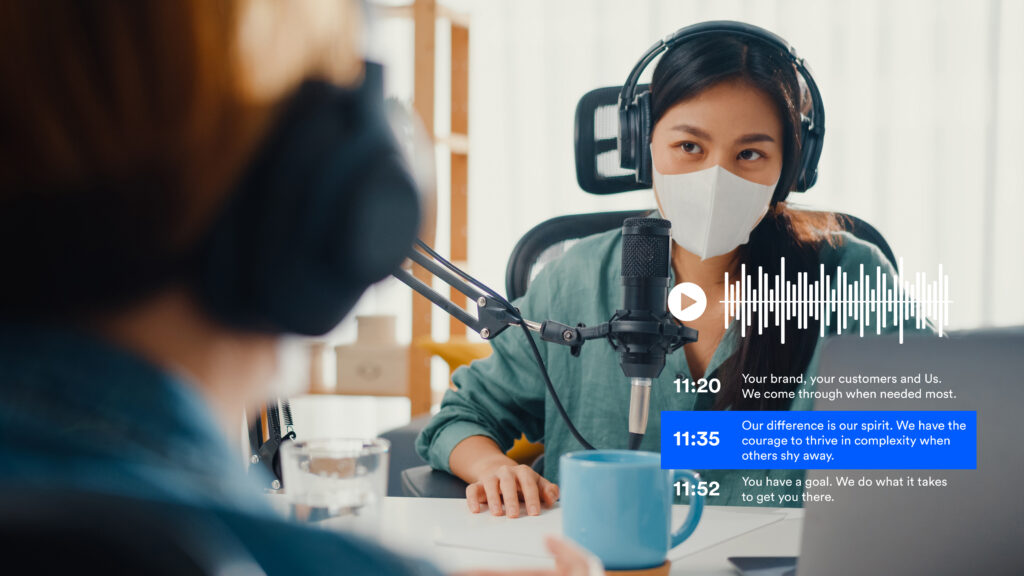
For machine learning models to respond accurately to human speech, they must be trained to distinguish between audio and speech patterns. Like all other annotation types, such as image and text annotation, audio annotation requires human judgment to accurately tag and label the audio data. Other factors such as semantic, morphological, phonetic, and discourse data must be determined for the artificial intelligence (AI) model to successfully connect the input data altogether and perform tasks or respond accordingly.
Applications of Audio Annotation Services
Multiple industries have used audio annotation for various purposes. It’s commonly associated with virtual assistants, but more of its applications arise with the continuous advancement of technology. Here are some of its uses:
Virtual Assistants
A virtual assistant is a program that recognizes voice commands and performs tasks on a user's smart device. The most well-known virtual assistants are Alexa from Amazon, Siri from Apple, Cortana, Google Assistant, and Bixby from Samsung. These smart technologies are trained with diverse, high-quality annotated audio data to execute an action successfully.
Text-to-Speech Modules
Text-to-speech (TTS) is a type of AI program that reads digital texts out loud. It’s also referred to as "read aloud" technology. The AI needs to be trained on carefully annotated audio files to enable a text-to-speech module that can turn digital text into natural language.
Chatbots
In this digital era, chatbots are essential for business customer service, and they are often the first point of contact for a customer when interacting with a brand. Chatbots need to be trained with words and phrases from annotated audio files to converse naturally and respond accurately to customers' queries.
Automatic Speech Recognition (ASR)
Automatic Speech Recognition transcribes real-time spoken words into written text. The challenge with this program is distinguishing voices and identifying the speaker, and factors such as speaker volume, background noise, and recording equipment affect the accuracy of ASR.
Types of Audio Annotation Services
There are different types of audio annotation services depending on the requirements of your AI/ML models. Here are some that you need to know:
Audio Transcription
Audio transcription is the process of transcribing speech recordings to written text while correctly labeling words or phrases to input into NLP models. Pronunciation and correct punctuation are vital in this method to transcribe audio seamlessly.
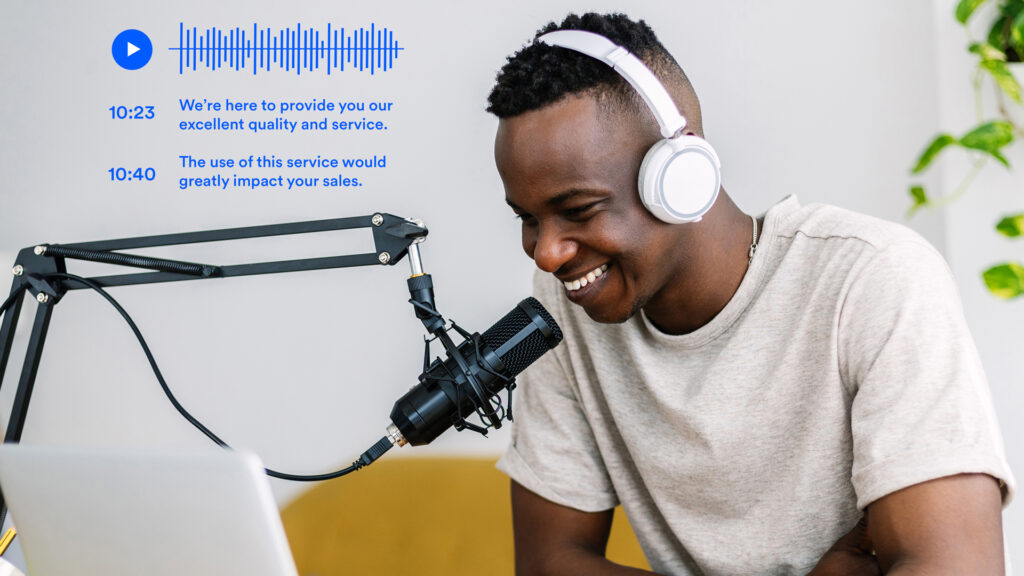
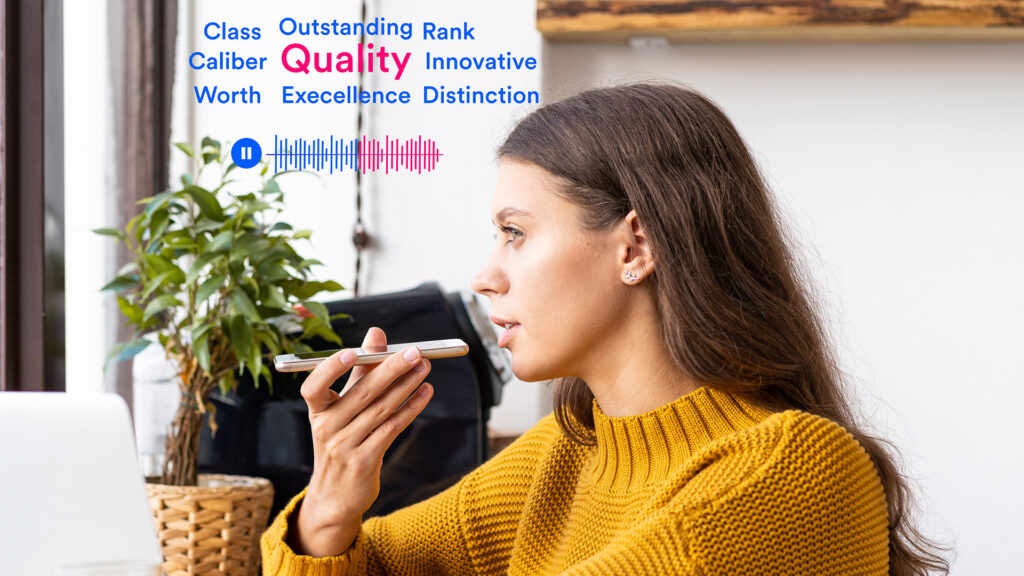
Speech Labeling
Speech labeling is the method of identifying similar sounds, separating them, and accurately labeling them with keywords to create training data for the algorithm. This technique is used to support ML models for chatbots.
Audio Classification
This type of audio annotation is essential in developing voice assistants. The audio file should be annotated into categories such as number of speakers, language, background noise, intent, and more for the AI model to perform according to the voice command.
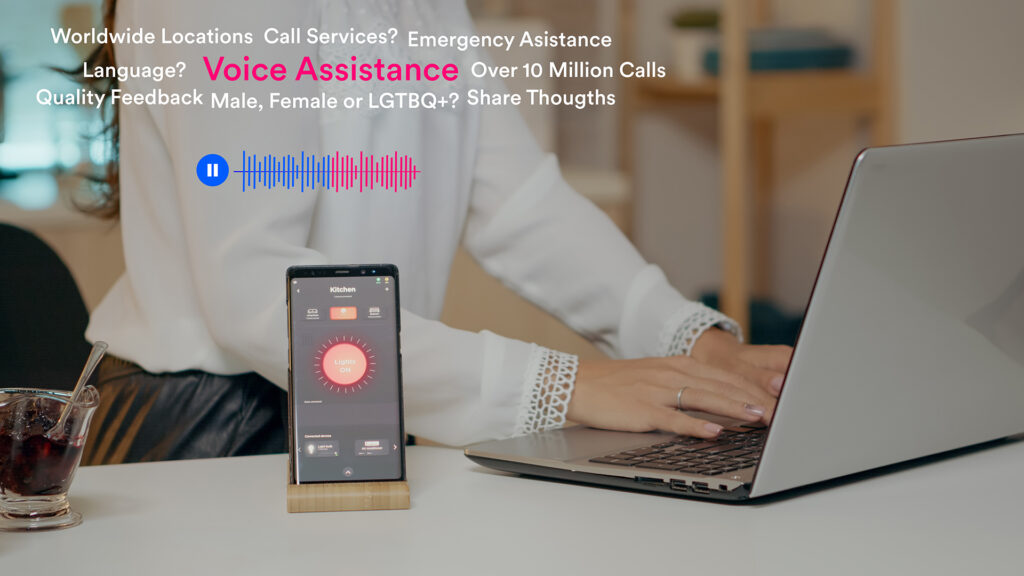
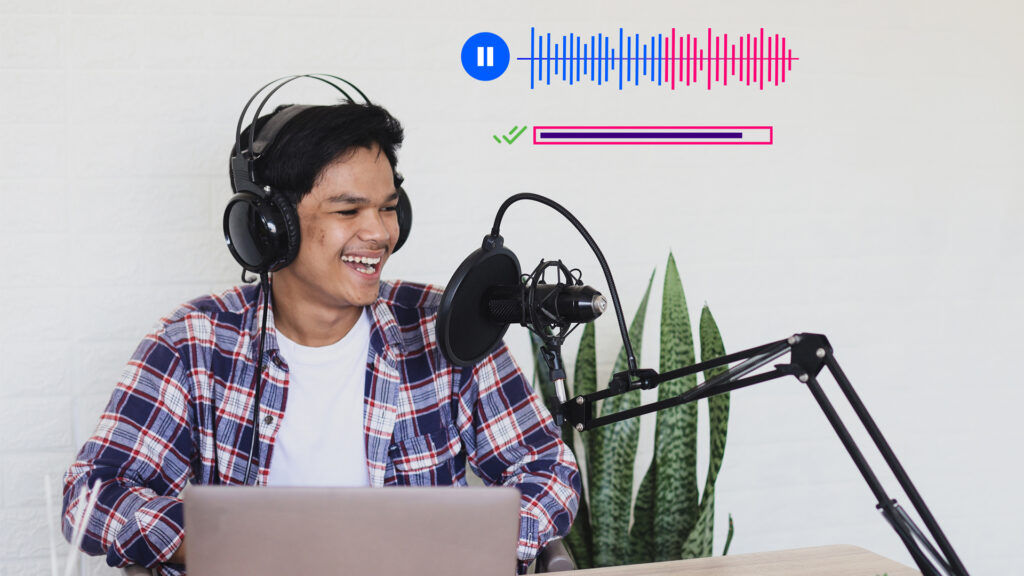
Audio Evaluation
Pre-recorded audio files must be evaluated to enhance the reliability and precision of ML models and to ensure the quality of the audio data input into the ML programs.
Acoustic Audio Classification
This method classifies sounds or utterances of speech according to the environment in which they were recorded, such as a classroom, cafe, street, etc.
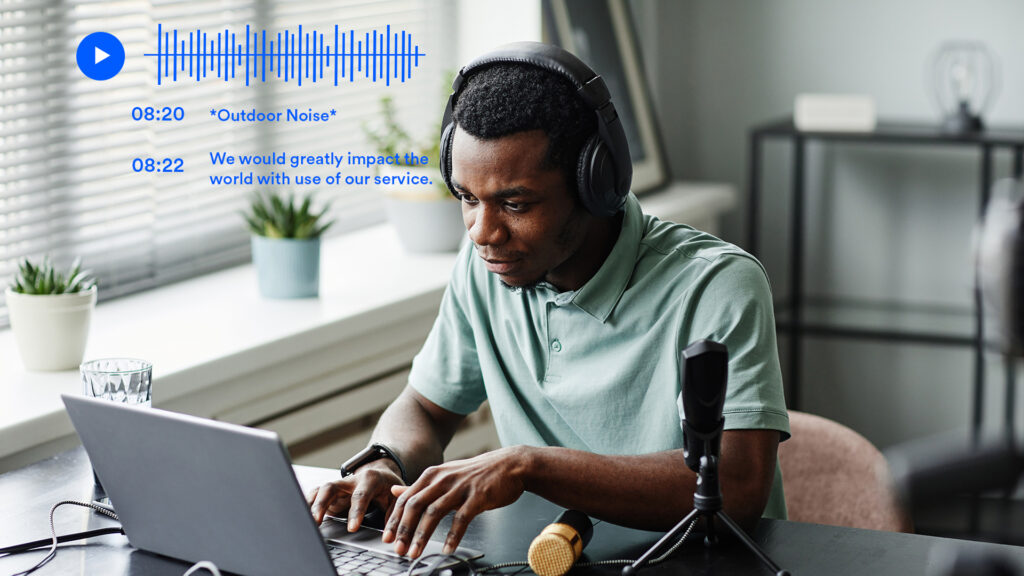
Why are Audio Annotation Services Important?
An AI is only as intelligent as the data it's trained with. Voice-activated systems rely on a foundation of high-quality and diverse audio data to accurately interpret the meaning and context of human conversations, sounds, emotions, and more. Machine learning models learn to recognize speech, dialect, sounds, and pronunciation through audio annotation services and perform tasks independently according to commands.
Like other data labeling tasks, audio annotation can be laborious and slow for any organization. Businesses can speed up audio annotation projects by partnering with the right outsourcing company to save time, money, and resources.
Audio Annotation Services with Us
TaskUs provides top-notch data labeling solutions for various industries. We help businesses with all their data labeling needs by providing different types of audio annotation services for ML. With over a decade of experience, we’re experts in classifying, transcribing, and evaluating high-quality audio and speech datasets in 65+ languages and dialects.
One of our projects with a leading social media and global tech company is to assist in their audio data labeling, tagging, and transcription efforts. We delivered a 91.7% average accuracy score versus the 90% target.
With the right tools, best practices, and people-first culture, we are in the best position to provide Ridiculously Good AI solutions to our partners. Apart from audio annotation, we also offer other data labeling services, including image and video data annotation for computer vision and data collection and validation for content relevance.
Our subject matter experts can help you understand your annotation needs and model development.
References

We exist to empower people to deliver Ridiculously Good innovation to the world’s best companies.
Useful Links







